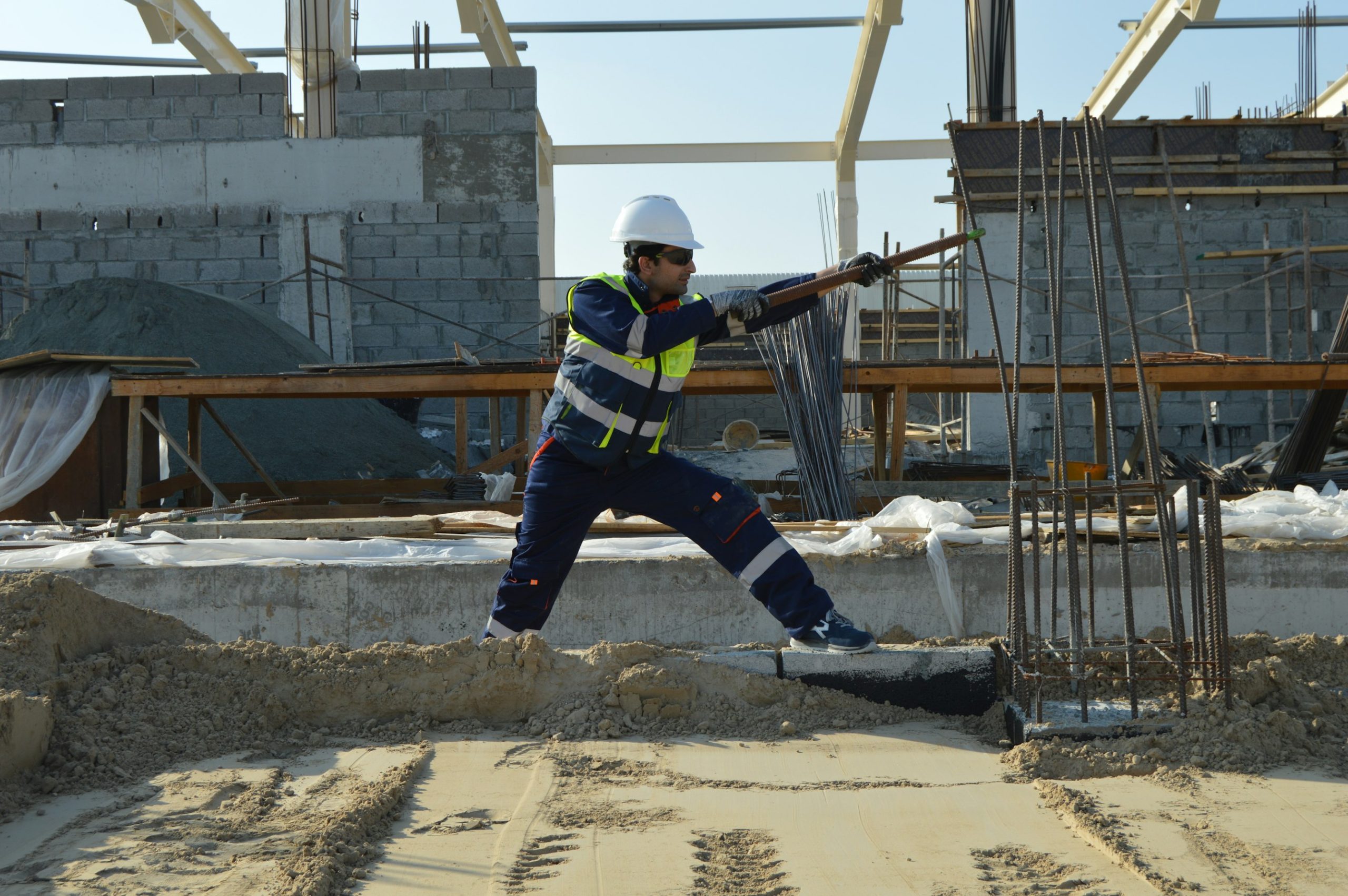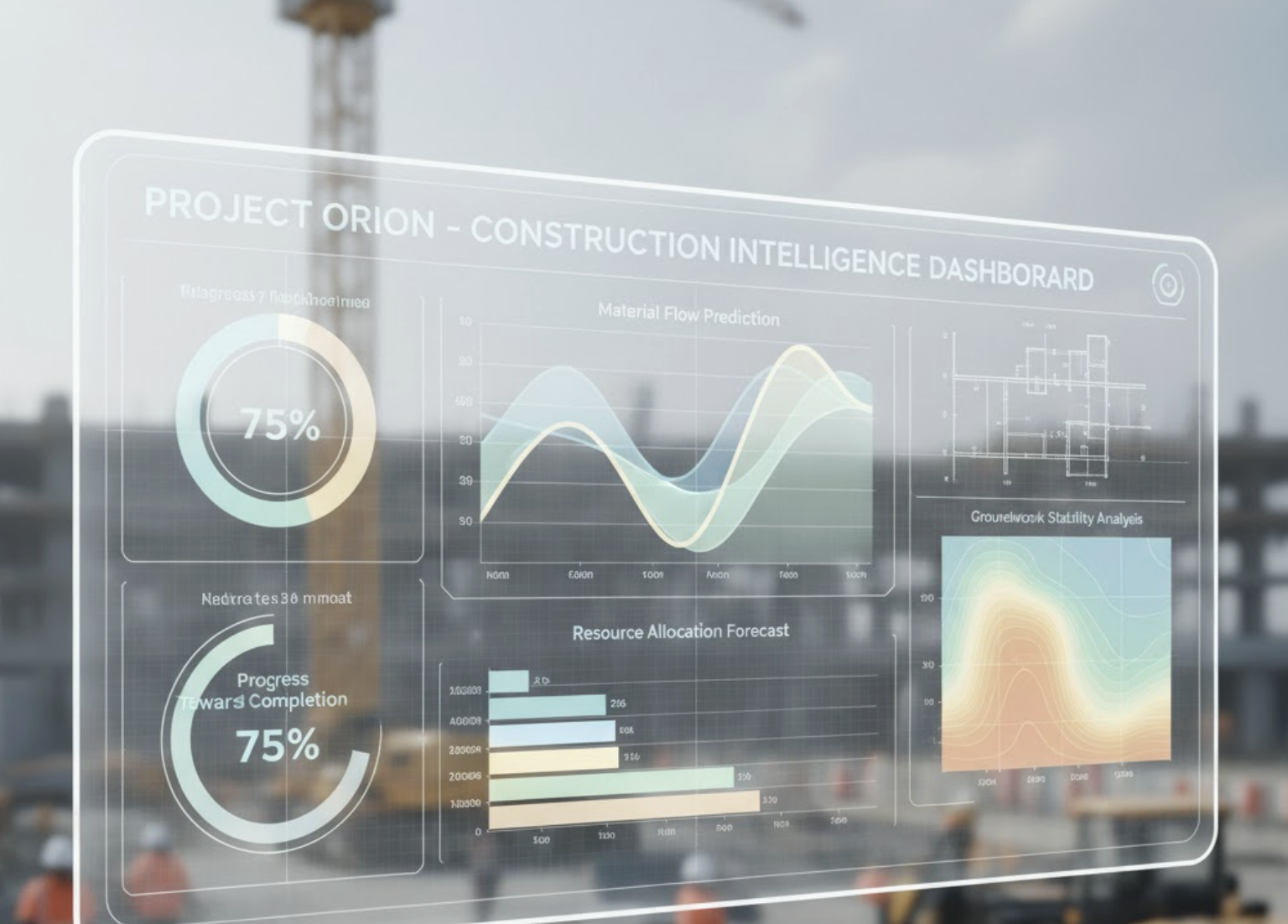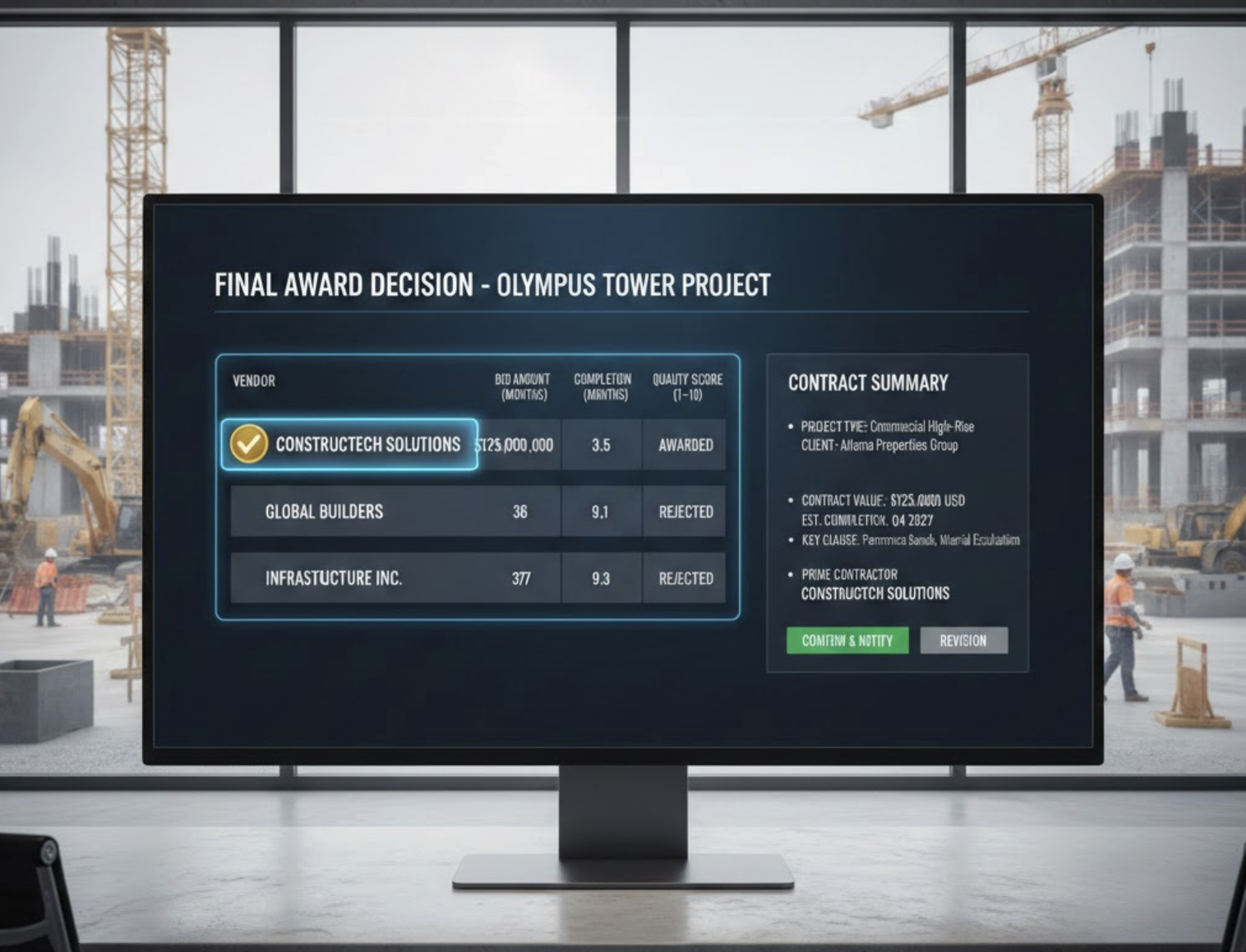From Whiteboards to Dashboards: Evolving Site Reporting
The transition from traditional whiteboards to digital dashboards marks a significant evolution in site reporting, particularly in industries such as construction, agriculture, and business management. As organizations seek greater efficiencies and enhanced data accuracy, this shift provides a pathway towards improved project outcomes. In this blog post, we’ll discuss the role of digital dashboards, their advantages over traditional methods, the challenges posed by whiteboards, and how tools like Zepth can facilitate this evolution.
Traditional Whiteboards
Whiteboards have been essential tools for organizing and tracking important information across various industries. In construction, they are used to manage tasks such as schedules, safety measures, and resource allocations. On agricultural sites, whiteboards help oversee daily responsibilities, including feeding routines and health checks. The benefits of using whiteboards include their ability to provide a centralized location for team members to update and access information, ensuring clear communication among stakeholders.
Limitations of Whiteboards
While whiteboards have served their purpose, they come with notable limitations:
- Accessibility: Whiteboards are fixed to physical locations, which limits access for remote teams or external consultants. This restriction can impede the ability to share information widely and efficiently.
- Data Accuracy: The reliance on manual updates can lead to inaccuracies and inconsistencies in the data presented on whiteboards. This challenge can make real-time decision-making difficult, particularly in industries that depend on precise data for effective management.
Benefits of Digital Dashboards
To overcome the limitations associated with traditional whiteboards, many organizations are moving towards digital dashboards. Here are some key benefits of adopting this technology:
- Real-Time Data: Digital dashboards enable real-time data management, allowing teams to access and update information instantly. This capability enhances both the accuracy and timeliness of site reporting.
- Accessibility: Unlike whiteboards, digital dashboards can be accessed remotely, empowering teams to collaborate effectively from various locations.
- Customization: Platforms like Zepth provide the ability to create customizable dashboards tailored to specific needs and strategic goals. This integration of diverse data sources allows for a holistic view of site operations, empowering users to make informed decisions more swiftly.
How Zepth Can Help
Construction Project Management Software
Zepth offers a comprehensive suite of construction project management software that facilitates a seamless transition from whiteboards to digital dashboards. The platform includes features such as real-time data management, automated updates, and interactive dashboards that significantly enhance efficiency and accuracy in site reporting.
Customizable Dashboards
With Zepth, users can create dashboards that integrate various data sources, leveraging tools like the Document Register and the Jobsite Management Tool. These features enhance overall project management capabilities and provide a clear, holistic view of site operations.
Enhanced Decision-Making
Digital dashboards enable teams to monitor progress effectively, ensuring transparency across all project phases. This advancement promotes efficiency, accuracy, and immediately accessible critical information, allowing teams to focus on delivering successful projects.
Best Practices and Emerging Innovations
As organizations adopt digital dashboards, implementing best practices can enhance their utility. Here are some strategies to consider:
- Iterative Development: Develop dashboards using an iterative approach that revisits initial goals and refines them based on user feedback. This methodology ensures alignment with strategic goals and provides insights that add value.
- Data Visualization: Effective data visualization is vital for showcasing complex information in an easily digestible format. Using various visual elements, such as spark lines and bar charts, can aid in quick comprehension and deeper analysis when needed.
- Integration with Other Tools: By integrating dashboards with other management tools, such as document management systems and jobsite oversight tools, organizations can gain a comprehensive view of site operations. This holistic approach enhances the ability to manage projects efficiently.
Use Cases
The application of digital dashboards spans various industries:
- Construction Industry: Digital dashboards can manage schedules, track safety measures, and allocate resources effectively. Real-time updates and remote access contribute to improved collaboration and informed decision-making.
- Agricultural Settings: In agriculture, digital dashboards help oversee responsibilities like feeding routines, medication protocols, and health checks, ensuring that team members remain informed and aligned on daily tasks.
By adopting digital dashboards and leveraging innovative tools like Zepth, industries can improve their site reporting practices, resulting in enhanced efficiency, accuracy, and transparency in project management. To learn more about how Zepth can support your construction management needs, visit the Why Zepth page.




